-
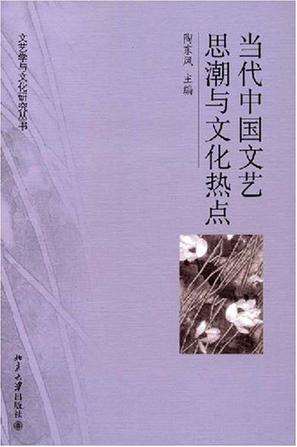
当代中国文艺思潮与文化热点
《文艺学与文化研究丛书——当代中国文艺思潮与文化热点》对98年代以来中国重大的文艺思潮与文化热点进行了深度的解读,更从文化研究的视角作了独到而深刻的分析,对于广大文学艺术爱好者和专业研究人员鄯具奄参考价值。20世纪90年代中国文化和文学艺术呈现出了前所未有的复杂景象,中国特色的市场化、商业化、消费主义以及全球化深刻地改写了文学艺术和文化活动的存在方式、生产模式和接受心理,这对文化和文学艺术的研究提出了新的挑战。 -
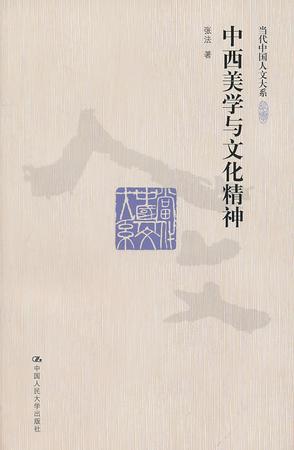
中西美学与文化精神
《中西美学与文化精神》从文化精神的角度研究中西美学。作者从文化范式入手。在把握中西美学基本精神和对中西美学作宏观整体比较的前提下,切入到中西美学中“和谐”、“悲剧”、“崇高”、“荒诞与逍遥”、“文与形式”、“典型与意境”等基本概念,以及“创作理论”、“灵感理论”、“灵感的主体构成”和“审美具体方式”等具体问题。并结合了大量的中西艺术实践,作了观念的梳理与理论的分析概括,来寻找横跨不同范式之间的共同规律。文化精神是一文化中一切时代、一切思想的总和。 -

冲破魔法符咒:探索民间故事和童话故事的激进理论
《冲破魔法符咒:探索民间故事和童话故事的激进理论》主要内容简介:金秋十月,丹桂飘香,橙黄橘绿,这是收获的季节。经过多年的不懈努力,由我与澳大利亚约翰.史蒂芬斯教授共同策划、主编的六卷本“当代西方儿童文学新论译丛”终于即将由安徽少年儿童出版社出版了。此刻在电脑上草写这篇序言,回首往事,实在感慨良多。由于诸多原因,我国译介外国儿童文学理论著作的工作一直较为滞后。据资料显示,1949年以后,第一本翻译进来的外国儿童文学论著是1953年中国青年出版社出版的前苏联阿•尼查叶夫著的《论儿童读物中的俄罗斯民间童话》。上个世纪50年代至70年代,我国只出版了4种外国儿童文学译著,由于50年代受苏俄文学一边倒的影响,这4种译著全来自前苏联。进入80年代的改革开放时期,外国儿童文学泽著的出版虽有所加强,但步子依然不大。从1981年至1999年将近20年间,总共只出版了10余种,其中有关安徒生的传记与论文集有4种,日本译著也有4种。这一时期有3种欧美译著,以舒伟等翻译的美国布鲁诺。贝特尔海姆的《永恒的魅力——童话世界与童心世界》(西南师范大学出版社1991年)最为重要。 -
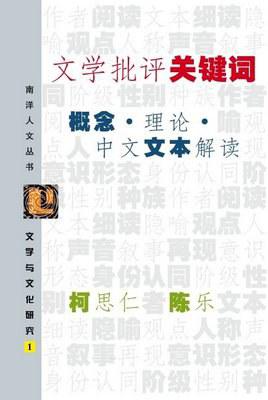
文学批评关键词:概念·理论·中文文本解读
-
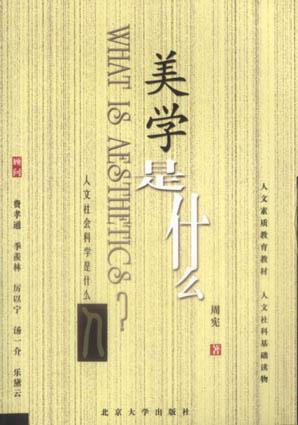
美学是什么
《美学是什么》包括伊斯特惕克;芙蓉出水与错彩镂金;优美与崇高;杜尚的质疑;这不是一只烟斗等内容。作为人文社科基础读物的一种,《美学是什么》作者以美学是什么为主题,将“伊斯特惕克”、“优美与崇高”、“杜尚的质疑”、“诗可以怨”、“时亦越发有所纵”、“看蒙娜丽莎”等十个小话题,布置成一个个带风景的小房间,让读者阅读《美学是什么》成为一次愉悦的美学风景的浏览。 -
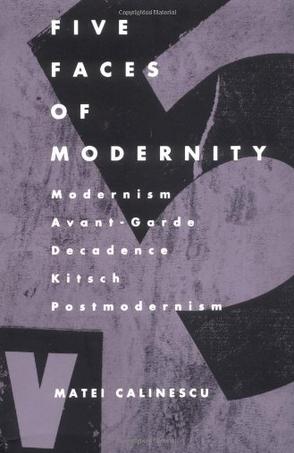
Five Faces of Modernity
"Five Faces of Modernity" is a series of semantic and cultural biographies of words that have taken on special significance in the last century and a half or so: "modernity," "avant-garde," "decadence," "kitsch," and "postmodernism." The concept of modernity--the notion that we, the living, are different and somehow superior to our predecessors and that our civilization is likely to be succeeded by one even superior to ours--is a relatively recent Western invention and one whose time may already have passed, if we believe its postmodern challengers. Calinescu documents the rise of cultural modernity and, in tracing the shifting senses of the five terms under scrutiny, illustrates the intricate value judgments, conflicting orientations, and intellectual paradoxes to which it has given rise. "Five Faces of Modernity" attempts to do for the foundations of the modernist critical lexicon what earlier terminological studies have done for such complex categories as "classicism," "baroque," "romanticism," "realism," or "symbolism" and thereby fill a gap in literary scholarship. On another, more ambitious level, Calinescu deals at length with the larger issues, dilemmas, ideological tensions, and perplexities brought about by the assertion of modernity.